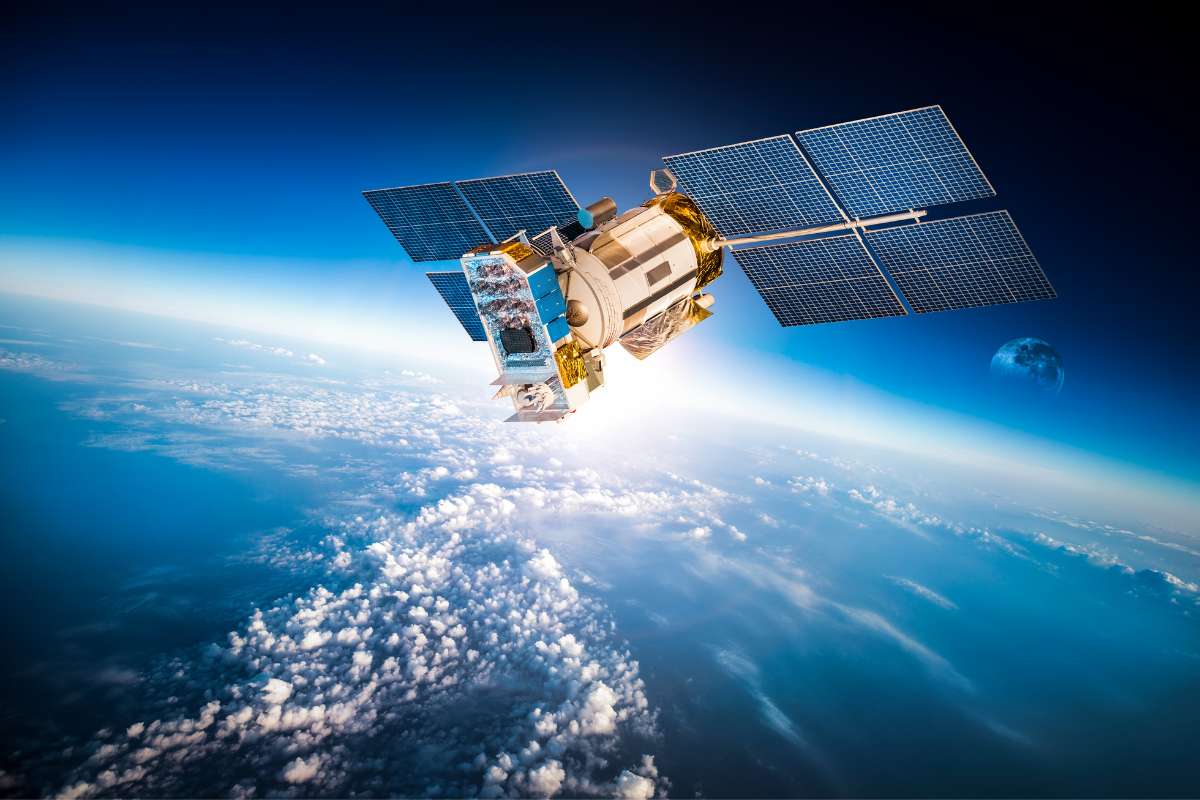
SpaceX owned Starlink recently completed its 13th satellite launch of 2021. During the latest launch, the company used Falcon 9 first stage booster to send 60 new satellites to the orbit. The 60 new satellites were launched from the Space Launch Complex 40 (SLC-40) located at Cape Canaveral Space Force Station in Florida.
With the launch of these new satellites, Starlink inches a step closer to its vision of connecting the world with low-latency and high-speed satellite broadband. Youmei Zhou, Starlink’s Dragon propulsion engineer, was very happy with the recent launch, given the company’s enhanced ability to connect people now.
More Satellites Increase Uptime Dramatically
Zhou said that with the addition of more satellites in the space, more ground stations are installed, and with the improvement in the company’s network software, the data speed latency and uptime of the broadband connection improves dramatically.
It is worth noting that Starlink has been launching new satellites very rapidly now. The launch of Falcon 9 rockets is the fourth time in the last four weeks that the company has launched new satellites. This will help Starlink in enhancing its satellite broadband connection at a rapid speed allowing it to stay a step ahead of its competition.
Starlink has plans to keep adding more satellites into orbit in the month of June. Another major thing to note is that this was the 85th landing of the reusable launch system developed by SpaceX. This helps the company not only save costs but also saves the environment from more waste.
The rapid launch of new satellites clears the way Starlink is planning its business. The company doesn’t want to stay behind other satellite broadband companies, including Bharti owned OneWeb and Amazon’s Project Juniper. Both OneWeb and Starlink will be in a head-to-head competition when it comes to Asian and European markets.
By 2022, both the companies are also expected to start providing services in India. Starlink has been under a lot of scrutiny because of pre-selling its connection in India when it doesn’t even have any frequency allocation from the government and is yet to receive its license of providing services in the country. It remains to be seen what these companies have in store for India.















